Hamilton T1
A more compact,
efficient, mobile
ventilator.
Type:
Industrial Design
User Experience
Research
Industry:
Medical
The Challenge
Incorporate the mission-critical features found on full-sized, hospital ventilators and repackage them into a portable unit that can be easily transported netting out three different offerings that address multiple high- stress locations and situations.
The Impact
RKS worked with Hamilton’s network of professionals and hospitals, across different customer segments to identify and solve user needs resulting in a new category of mobile ventilators that are optimized for first responders.
The Outcome
Durable mobile ventilator that could be easily and effectively used in different mobile settings from aircrafts to gurneys by professionals in high- stress environments.
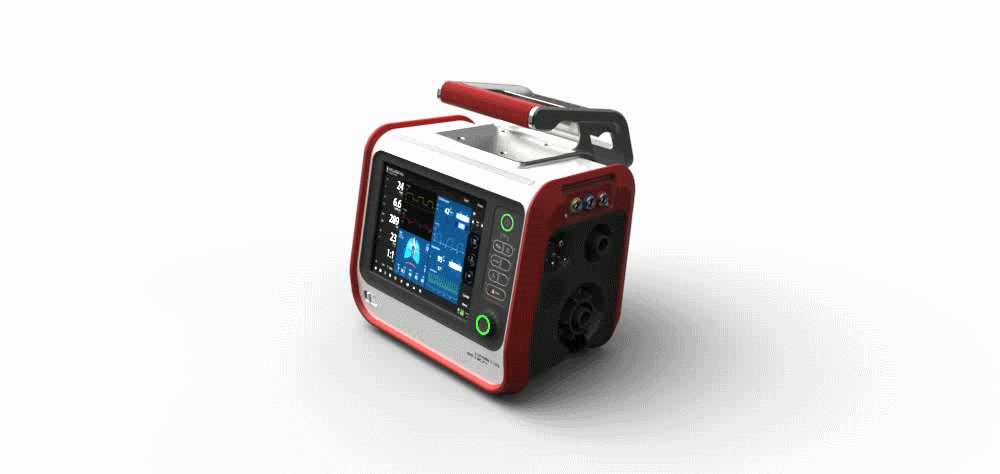
Psycho Aesthetics™: “It’s not how you feel about the design or experience, it’s how the design makes you feel”
– Ravi Sawhney
Our Human-Centered Methodology
RKS Utilizes our Human-Centered Methodology, Psycho Aesthetics, to identify the key opportunities in the market and drive innovation across sectors and categories. Ravi’s book, Predictable Magic, which discusses how our P/A Methodology can be leveraged as a business tool, is published through Wharton School of Business. RKS also has a Harvard Excercise and Harvard Case Study, which can discuss the methodology and provide people with an understanding of how to apply Psycho-Aesthetics to their product development planning.
In addition to these publications, RKS teaches Psycho-Aesthetics to USC’s MBA program and runs workshops to teach our methodology at UCLA, CSUN, SCAD, CSULB, along with many companies looking to integrate design thinking into their organization. Psycho Aesthetics is also part of the core curriculum at SCAD, the largest design university in the US.

P/A Map™ by RKS Design
P/A maps are a scalable design-strategy framework.They are a center point to Psycho-Aesthetics,providing a consistent lens to see the world through. Additionally, we find that usingP/A maps trigger recall at a higher level than occurotherwise. Viewing visuals trigger recall of processand insights that allow communication with higherlevels of depth, clarity, and conviction. The mapsbecome a new shared language between stakeholdersand ourselves.It is used to map personas, brands, and offeringsagainst the consumer’s Hierarchy of Needs,Desires, and Aspirations on one hand and levels ofinteractivity on the other. Once these entities aremapped, opportunity zones (White Space / BlueOcean) can be identified and design directions can bedefined and communicated.
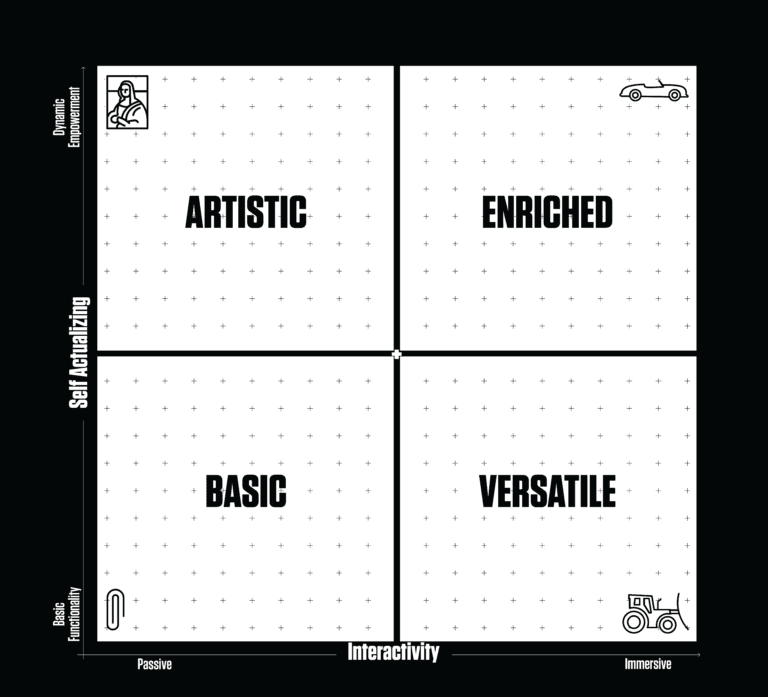

Research
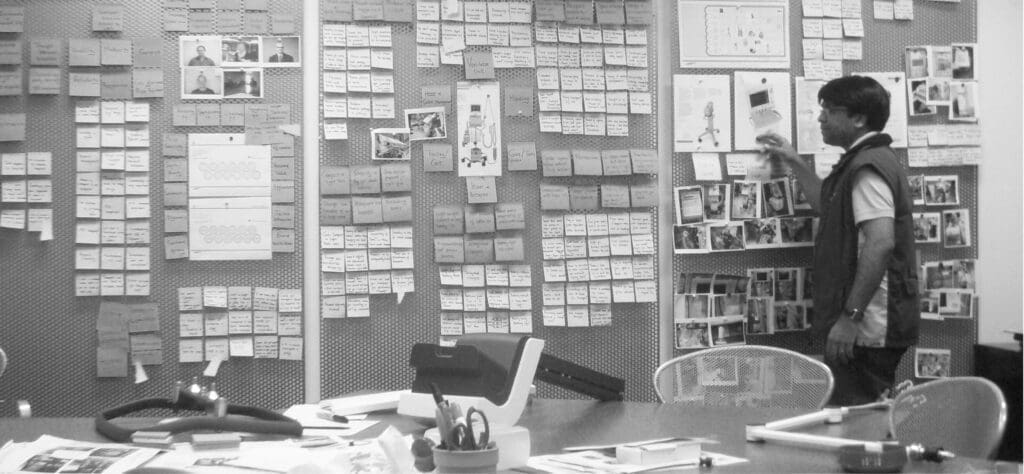
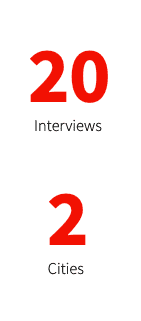
Hypothetical and Device Configuration
Close collaboration with the client enabled an open exploratory process. Tactical decisions were made around where to focus research resources in the highly complex care-giving ecosystem. Working directly with medical professionals and clinicians to focus on their needs and pain points.
Different device configurations unveiled a need for adaptability in diverse situations following the patient through different stages of need, from transport to ICU, requiring ease of use and flexibility for the caregiver. Device needed to be fluid and flexible and agnostic to the situation.
Research Finding Synthesis and Key Results
Simplicity, ease of use, and high-functionality were key drivers of the solution. In high-stress environments 2 stakeholders needed new devices to be as familiar as possible. A need for ease of connectivity and interaction, included cleanability, flexibility and adaptability to situations. Therefore functionality and technology innovations needed to be cloaked in familiarity.
Our collobarative research with Hamilton created the foundation for data-backed benchmarketing, persona creation, and areas of focus. Key research findings enabled us to focus on data-supported opportunities.
On site field observations focused on a targeted set of doctors, nurses, clinicians, respiratory therapists, maintenance teams, and purchase influencers. Noting differences in needs and product expectations between segments, we built the foundations for key needs of the emergency ventilator.
Opportunity
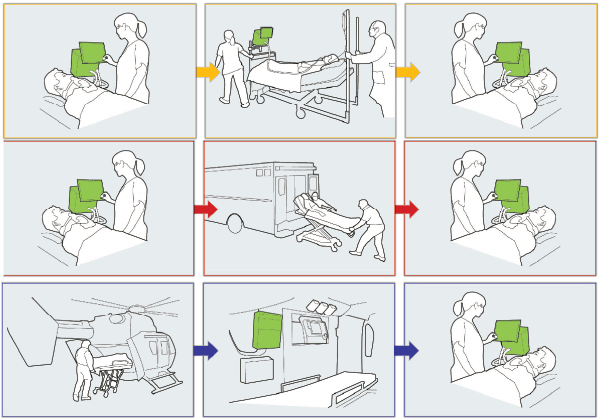
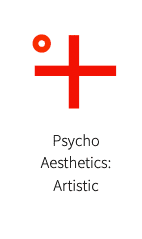
Persona Development & User Insights and Journey
Interviewed targeted set of doctors, nurses, clinicians, respiratory therapists, maintenance teams, and buyers and purchase influencers who have differing needs and product expectations.
Identified need for adaptability in diverse situations following the patient through different stages of need in different environments requiring ease of use and flexibility for caregiver.
Psycho Aesthetics Mapping & Key Results
We mapped an opportunity zone that allowed for universal appeal across a diverse set of potential stakeholders. Our upper-middle P/A mapping, reflected the necessity of similarity across genres of ventilation to work with three different personas. While the technology and functionality of a mobile ventilator was complex, it had to fit within a complex ecosystem of medical devices in both the transport and ICU settings; it had to be universal. Any increased technology or innovation had to be simple and easy, not obscuring any ux/ui changes with the increased functionality.
The opportunity zone was identified for a universal design that translated complex features and functionality into an accessible and family ux/ui, that could be integrated into existing systems and relied upon in high- stress environments.

Design Overview
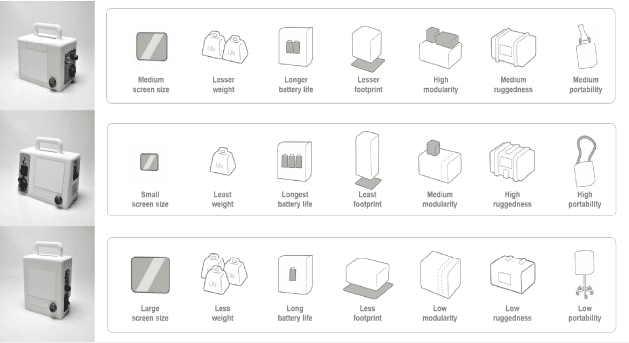
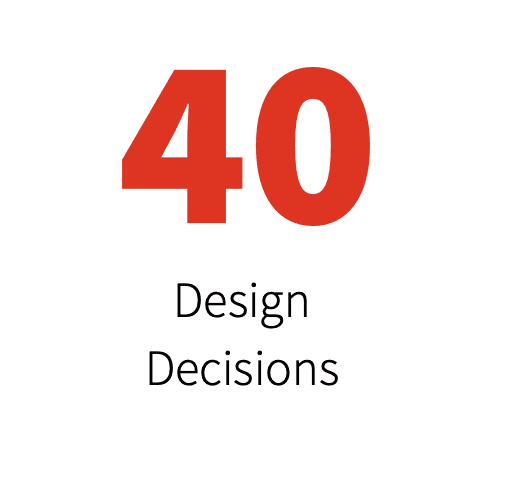
Collaborative Sessions & Industrial Design
Open to research findings, Hamilton was receptive integrating technology and engineering choices into the design process. We worked closely with their engineering team to optimize size and functionality creating a compact and focused design with space needed to house components and connections. These sessions reinforced the need to integrate Hamilton’s innovative push and turn user interface and intelligent ventilation technology to meet user needs.
Screen choice for maximum visibility without growing the product size. Side connectivity allowing clutter free UX/UI. GUI knob access and protection critical for precise control with and without gloves
Mockup Evaluation & Key Results
Research informed mockups blended functionality and construction requirements. Collaborative Creative Emergence Sessions with the Hamilton Medical Team, Touchpoint Enhancements, Inclusive CMF, Mockup Evaluation – Stability, perception of size, universal design solution for ICU and transport. Back and forth data sharing with engineering.
Our design team developed research -backed mockups that could be backtested against key user priorities and the opportunity zone. These mockups allowed us to work with Hamilton’s electrical engineering team to collaboratively move forward on the final decision direction.
Design
Finalization
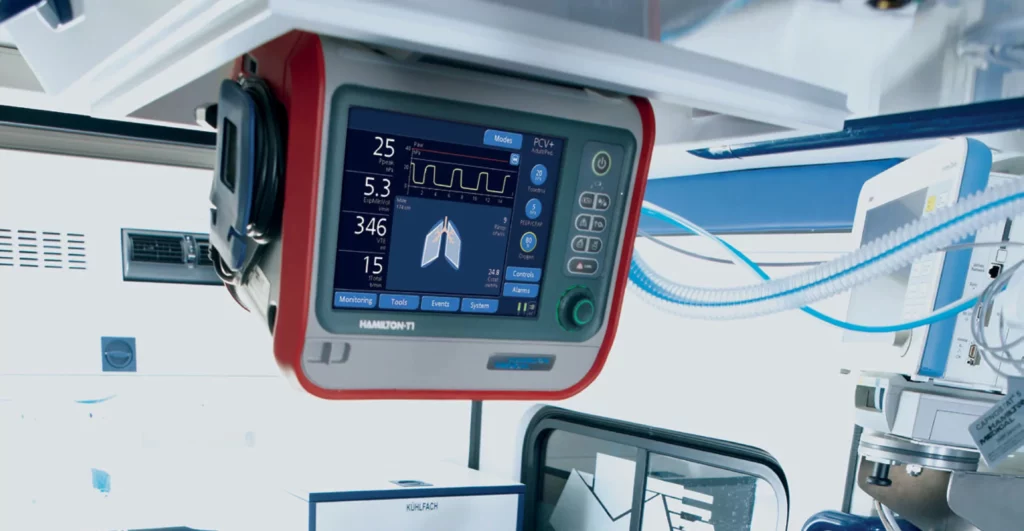
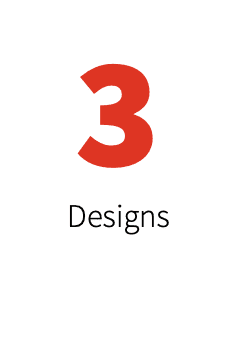
Full Device Design Deployment and Engineering Design Support
Each of the design elements was brought together into one unified design. Direct collaboration with Hamilton’s engineering team sped development and decision-making, while meeting needs for compact size and technology integrations.
The collaborative research and design process extended into the final design execution with Hamilton. As the design moved into pre-production, we continued to work closely with Hamilton engineering to ensure that the final research-backed design was preserved.
Prototype Evaluation & Key Results
Using study models we tuned the design of individual components. Machined foam parts and printed study models were used to evaluate design and functionality decisions. A machined prototype was produced in house for Hamilton stakeholders to approve the final design.
The fully collaborative research and design process enabled RKS and Hamilton to create a research-backed design, and Hamilton-engineered prototype that was production-ready
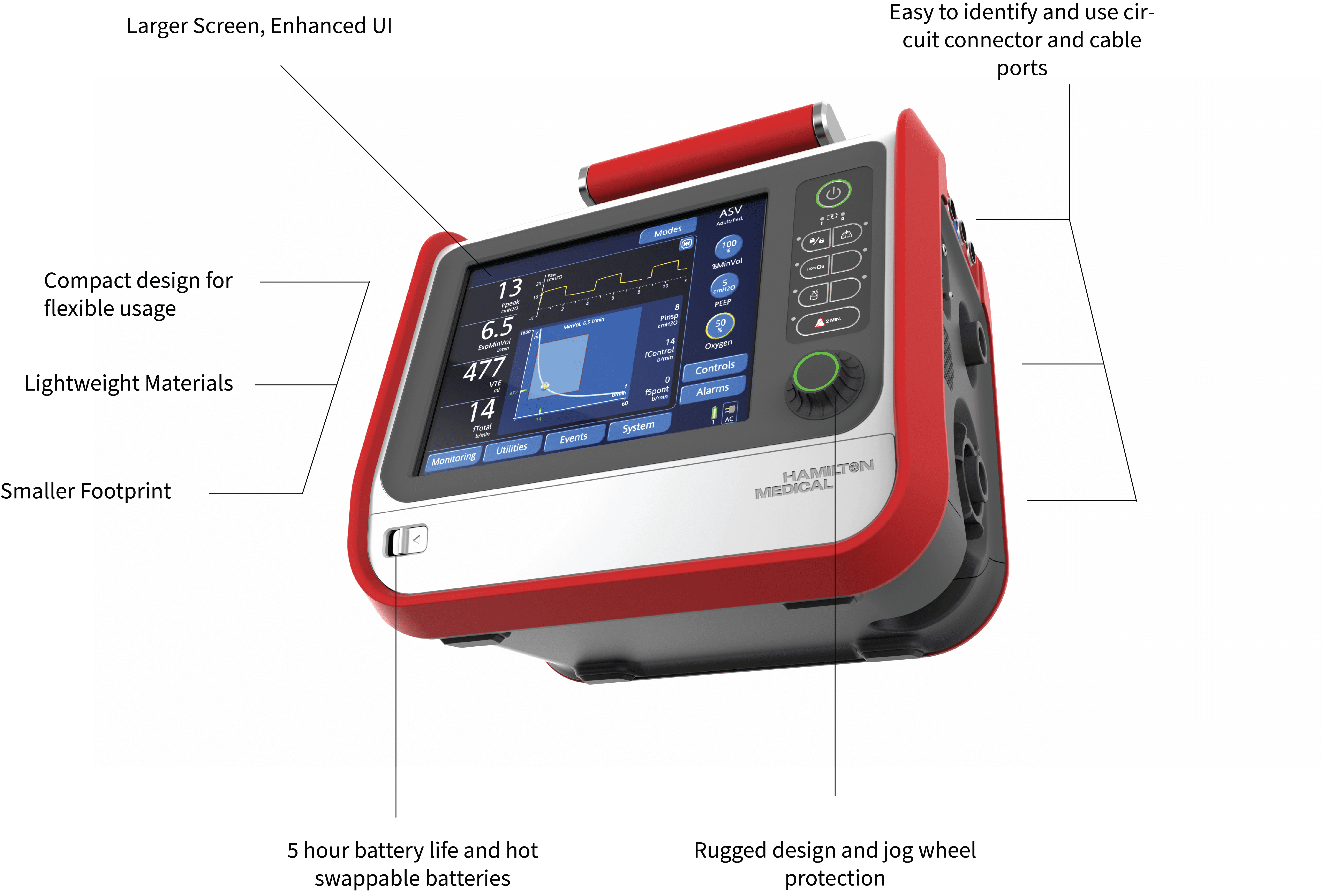
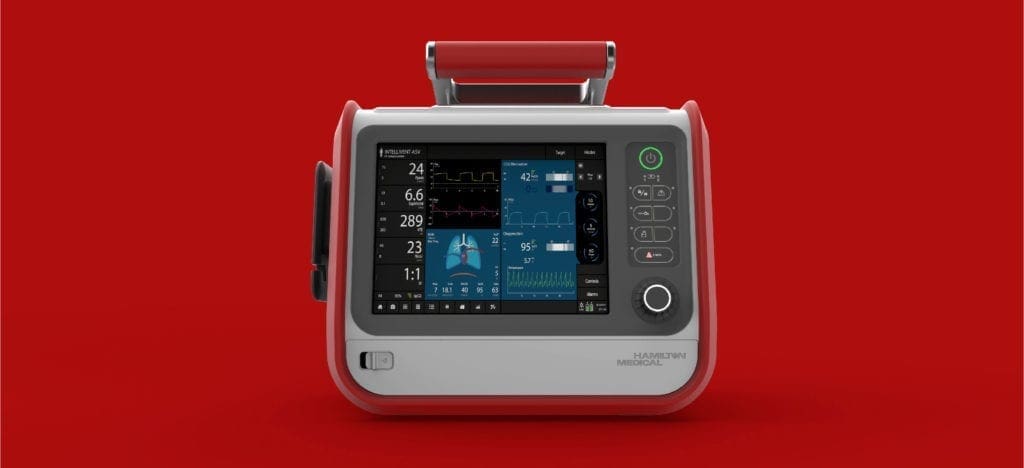
Hamilton T1
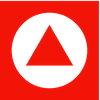

The Challenge

The Impact

The Outcome
Psycho Aesthetics™:
“It’s not how you feel about the design or experience, it’s how the design makes
you feel”
– Ravi Sawhney

Our Human-Centered Methodology
RKS Utilizes our Human-Centered Methodology, Psycho Aesthetics, to identify the key opportunities in the market and drive innovation across sectors and categories. Ravi’s book, Predictable Magic, which discusses how our P/A Methodology can be leveraged as a business tool, is published through Wharton School of Business. RKS also has a Harvard Exercise and Harvard Case Study, which can discuss the methodology and provide people with an understanding of how to apply Psycho-Aesthetics to their product development planning.
In addition to these publications, RKS teaches Psycho-Aesthetics to USC’s MBA program and runs workshops to teach our methodology at UCLA, CSUN, SCAD, CSULB, along with many companies looking to integrate design thinking into their organization. Psycho Aesthetics is also part of the core curriculum at SCAD, the largest design university in the US.
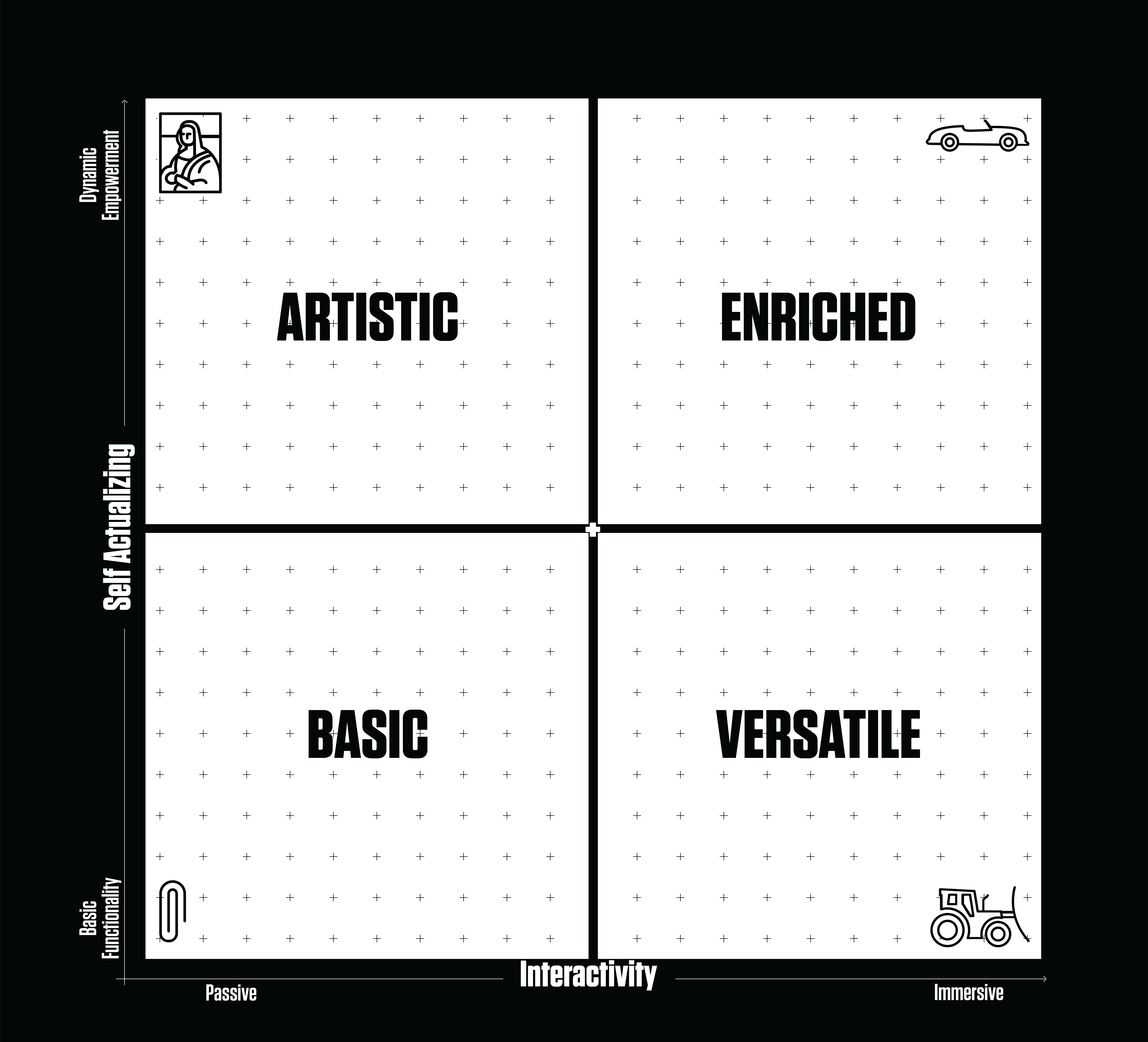
P/A Map™ by RKS Design


Research

Hypothetical and Device Configuration

Research Finding Synthesis and Key Results
Simplicity, ease of use, and high-functionality were key drivers of the solution. In high-stress environments 2 stakeholders needed new devices to be as familiar as possible. A need for ease of connectivity and interaction, included cleanability, flexibility and adaptability to situations. Therefore functionality and technology innovations needed to be cloaked in familiarity.
Our collabarative research with Hamilton created the foundation for data-backed benchmarking, persona creation, and areas of focus. Key research findings enabled us to focus on data-supported opportunities.
On site field observations focused on a targeted set of doctors, nurses, clinicians, respiratory therapists, maintenance teams, and purchase influencers. Noting differences in needs and product expectations between segments, we built the foundations for key needs of the emergency ventilator.

Opportunity

Persona Development & User Insights and Journey

Psycho Aesthetics Mapping & Key Results
We mapped an opportunity zone that allowed for universal appeal across a diverse set of potential stakeholders. Our upper-middle P/A mapping, reflected the necessity of similarity across genres of ventilation to work with three different personas. While the technology and functionality of a mobile ventilator was complex, it had to fit within a complex ecosystem of medical devices in both the transport and ICU settings; it had to be universal. Any increased technology or innovation had to be simple and easy, not obscuring any ux/ui changes with the increased functionality.
The opportunity zone was identified for a universal design that translated complex features and functionality into an accessible and family ux/ui, that could be integrated into existing systems and relied upon in high- stress environments.


Design Overview

Collaborative Sessions & Industrial Design

Mockup Evaluation & Key Results
Research informed mockups blended functionality and construction requirements. Collaborative Creative Emergence Sessions with the Hamilton Medical Team, Touchpoint Enhancements, Inclusive CMF, Mockup Evaluation – Stability, perception of size, universal design solution for ICU and transport. Back and forth data sharing with engineering.
Our design team developed research -backed mockups that could be backtested against key user priorities and the opportunity zone. These mockups allowed us to work with Hamilton’s electrical engineering team to collaboratively move forward on the final decision direction.
The opportunity zone was identified for a universal design that translated complex features and functionality into an accessible and family ux/ui, that could be integrated into existing systems and relied upon in high- stress environments.

Design Finalization

Full Device Design Deployment and Engineering Design Support

Prototype Evaluation & Key Results
